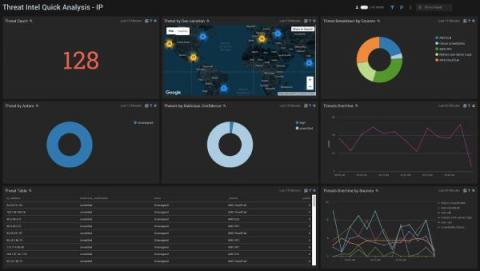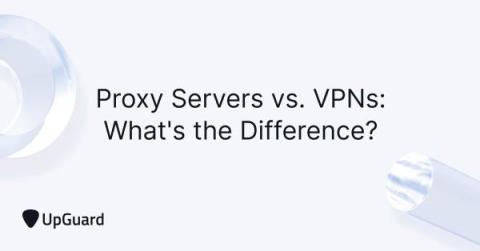Appknox Research reveals 91% of Fintech Apps Fail Basic Security Tests
The unexpected and rapid switch from the global workforce to the WFH setup caused by the coronavirus pandemic has prompted companies around the world to make extensive infrastructure adjustments to support employees working exclusively from home. According to the new IDC forecast, the number of mobile workers in the US will steadily increase from 78.5 million in 2020 to 93.5 million in 2024 over the next four years.











